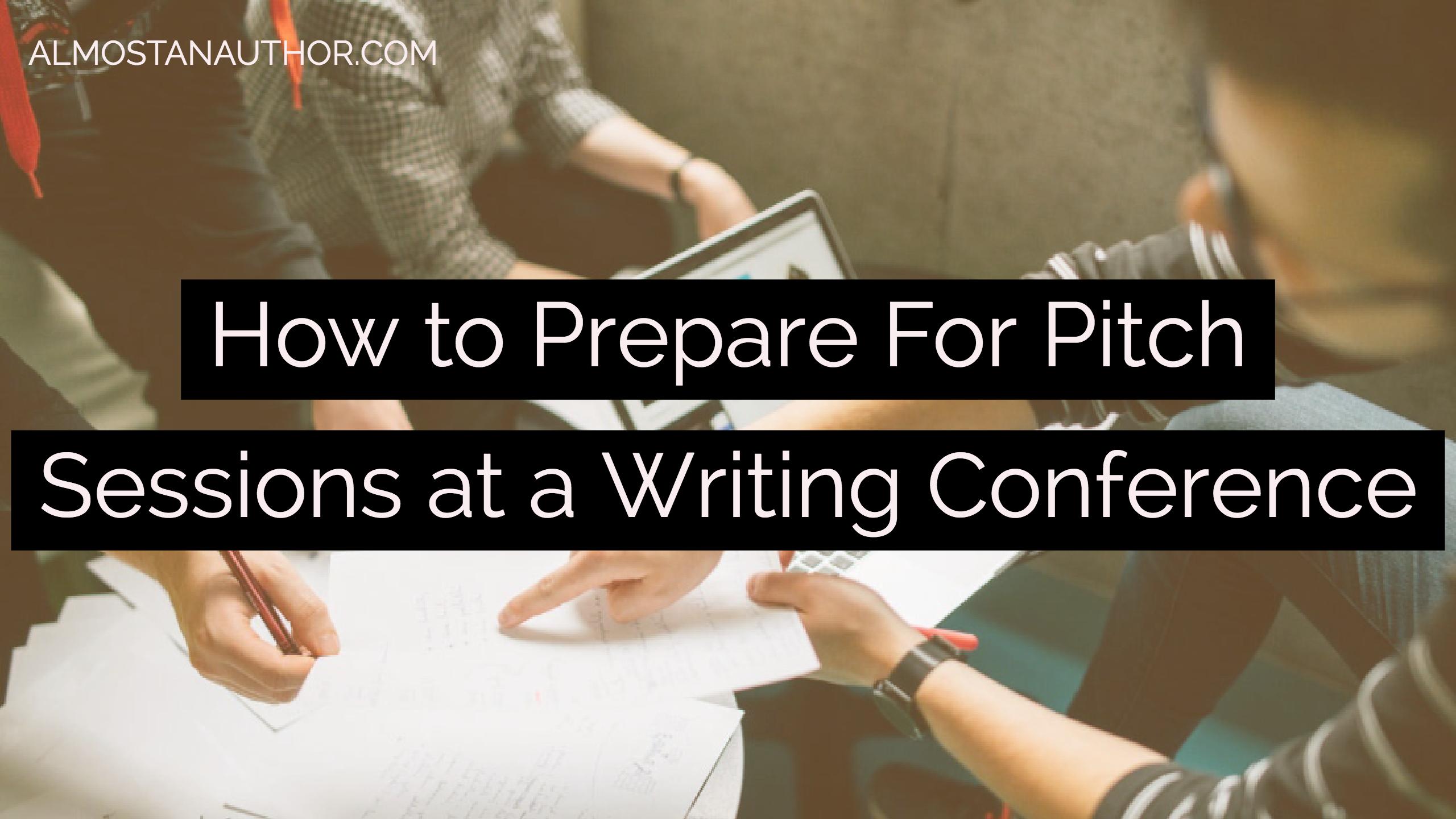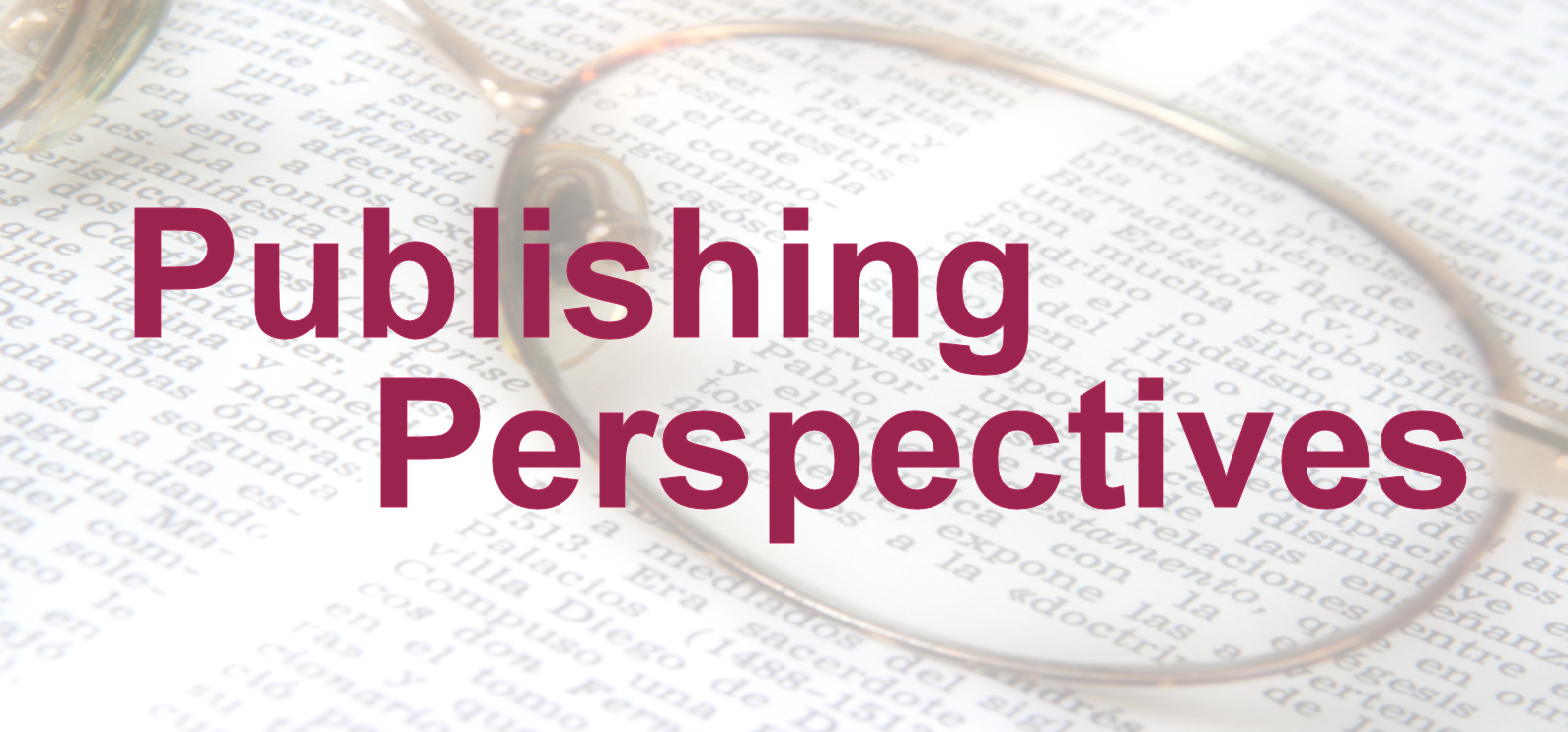
Will An Editor Fix All My Mistakes?
Among writers in the publishing community, there is a false belief that my submission does not have to be…
February 25, 2023
Among writers in the publishing community, there is a false belief that my submission does not have to be…
February 25, 2023
A good cover letter is like an intriguing door, it invites the agent or publisher into your proposal. The publisher…
February 25, 2018
I attended my first writing conference when I was sixteen-years-old. This is what lead to the publication of my first…
November 9, 2017
Welcome to Publishing Perspectives! I’ll be talking about all things publishing. Let’s start with an overview of the publishing…
July 21, 2017
The first part of this series examined the Query Letter. The second part looked at the synopsis. In this…
January 23, 2016
There it was—the flat tire we dreaded finding. After discovering it flat twice that week, the expected deflation was…
November 1, 2015
“Hi Their [sic]” were the two words I read. “Bye There!” was the instant reply in my head. Really?…
June 26, 2015